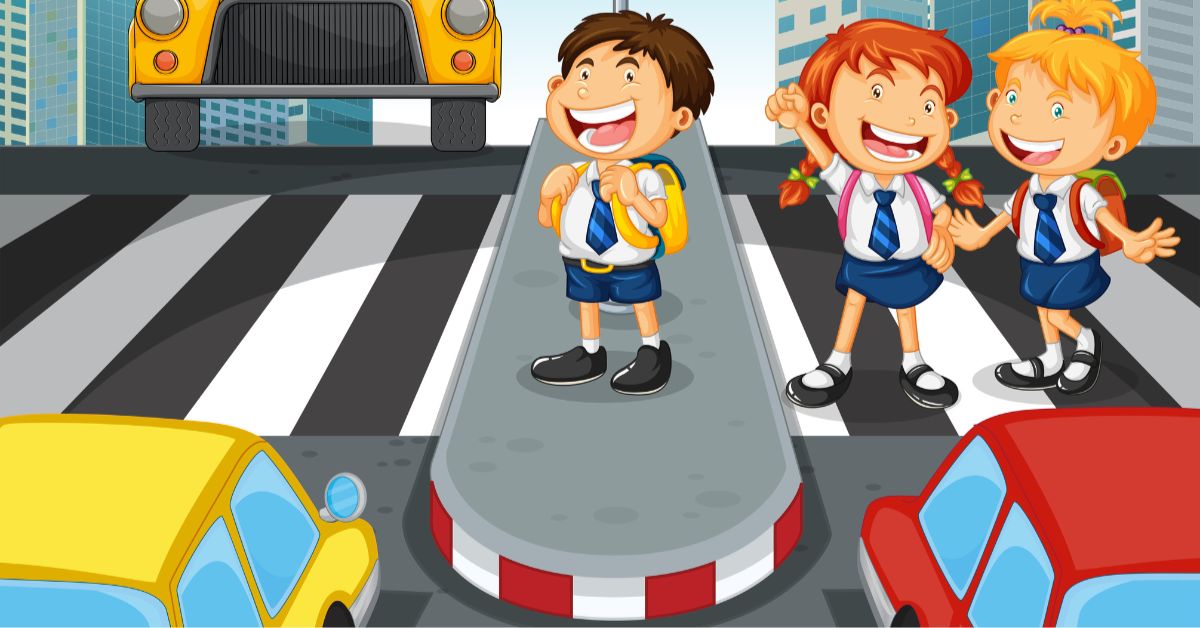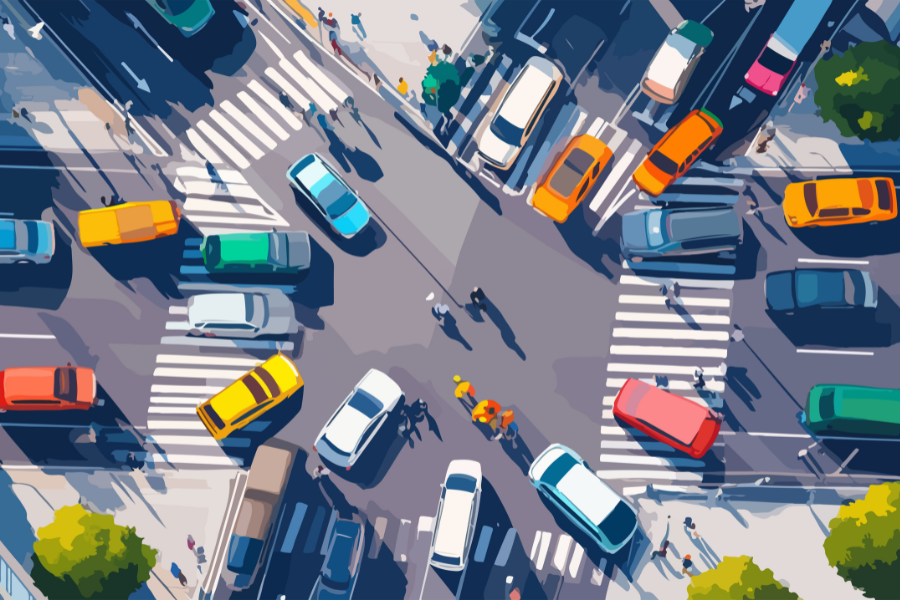 High-Converting Funnels – From Ad Click to Final Sale!
High-Converting Funnels – From Ad Click to Final Sale!
ESSENTIAL TIPS FOR NIGHT TIME DRIVING SAFETY
Written by onroad » Updated on: June 17th, 2025

A good driving school focuses on cultivating these skills and a safety-first mindset in its drivers through various courses like the Safer Drivers Course.
As appealing as it may sound, a relaxing drive at night is full of risks and hazards. Driving at night is dangerous and challenging for new and experienced drivers alike. Reduced visibility makes it difficult to anticipate and prepare for hazards.
Low light at night affects our judgment of distance and color recognition. It also limits the peripheral vision. Driving with all these challenges is an exercise in focus, restraint, and vigilance. Drivers need to be cautious and prepared when attempting nighttime driving. They require better driving skills and a different approach to driving. A good driving school focuses on cultivating these skills and a safety-first mindset in its drivers through various courses like the Safer Drivers Course.
Driving at night demands extra caution and preparedness due to reduced visibility and increased risks. To ensure a safe journey, consider these essential tips:
SAFETY TIPS FOR DRIVING AT NIGHT:
TRY TO IMPROVE YOUR VISIBILITY:
Low light conditions at night make it difficult to see other vehicles in front of you or notice pedestrians or road signs around you. But you can increase your visibility at night with some simple steps. First and foremost, keep your windshields and headlights clean. Clean windows, mirrors, windshields, and headlights can give you better vision at night. Another thing is ensuring all your lights and headlights are operating properly so that you don’t have to go blind after you start driving. Simply checking your lights, mirrors, and windshields before starting your journey can improve your visibility at night.
USE HIGH BEAMS ON DARK ROADS ONLY:
Low visibility at night can sometimes be aggravated by bad lighting making it difficult to see the road ahead. While using high beams on dark roads can improve visibility, it can also prove harmful in high-traffic conditions. Lights from high beams can be blinding for other vehicles and make it difficult to spot them outside the range of light. This increases the possibility of a collision and makes driving riskier. Switch to low beams to improve visibility without affecting others in traffic.
USE YOUR HEADLIGHTS PROPERLY:
Turn on your headlights one hour before sunset and keep them on until one hour after sunrise.
Use high beams on open roads without oncoming traffic, but switch to low beams when approaching or following another vehicle to avoid blinding other drivers.
KEEP YOUR WINDSHIELD CLEAN:
Ensure your windshield, windows, and mirrors are clean to reduce glare and improve visibility.
Clean both the interior and exterior surfaces of your windshield regularly.
ADJUST YOUR INTERIOR LIGHTING:
Dim your dashboard lights to minimize glare inside the vehicle.
Avoid using interior lights while driving as they can be distracting and reduce your night vision.
FOLLOW SAFE DRIVING PRACTICES:
Since visibility is already quite low at night, playing safe is the best thing to do. Driving instructors will advise you to follow safe driving practices in their driving lessons. Maintaining a safe distance from the vehicles in front of you can give you extra time to prepare for something unexpected, like wildlife crossing the road. On wet roads, following at a safe distance can also help you avoid the splash of dirt that can spoil your windshields, reduce visibility, and increase the risk of accidents. Similarly, speeding on dark roads is foolhardy. Instead, adjust your speed according to the road and visibility conditions.
ADJUST SPEED AND FOLLOWING DISTANCE:
Maintain a greater following distance from the vehicle in front of you to allow more reaction time in case of sudden stops or emergencies.
WATCH FOR PEDESTRIANS AND ANIMALS:
Be extra vigilant for pedestrians, cyclists, and animals, especially in poorly lit areas.
Slow down in areas where pedestrians or wildlife are likely to be present.
REDUCE SPEED:
Drive at a speed that allows you to stop within the distance illuminated by your headlights.
Adjust your speed to match the road conditions, visibility, and traffic.
AVOID DRIVING WHEN TIRED:
Ask any driving school instructor and they’ll tell you that fatigue and night driving are a bad combination. Driving when tired can be very risky. Fatigue causes drowsiness. And when driving, losing focus even for a few seconds can cause accidents. Add to that the low visibility of night time and you have a sure-shot recipe for disaster! Hence, it’s best to avoid driving when tired. And if you have to, stay awake and aware when behind the wheel and take regular breaks. If you start feeling drowsy, stop at a safe place to rest.
KEEP YOUR EYES ON THE ROAD:
Keeping your eyes and focus on the road is essential when driving. Using the mobile phone, listening to a fun song, or just enjoying a bag of chips while driving is tempting. But if it distracts you from looking at the road, you should avoid it. Staying focused solely on driving, especially at night, can be the difference between a safe journey and a collision. Mastering the art of nighttime driving will take some time and experience. However, it’s important to develop a safety-first mindset and do everything possible to make driving at night easy and risk-free. Many reputable driving schools like Onroad offer courses that can teach you safe driving techniques and help develop a safety-first approach to driving. With the above tips and some good driving lessons, you can improve your chances of staying safe during a drive at night.
STAY ALERT AND COMBAT FATIGUE:
Ensure you are well-rested before driving at night. Fatigue can significantly impair your reaction time and decision-making.
Take regular breaks on long trips to rest and refresh.
STAY FOCUSED:
Minimize distractions inside the vehicle, such as using your phone, eating, or adjusting the radio.
Keep your focus on the road and your surroundings.
USE YOUR MIRRORS:
Regularly check your mirrors to be aware of vehicles behind you and to avoid being caught off guard by fast-approaching traffic.
ADJUST TO GLARE:
If blinded by an oncoming vehicle’s headlights, look toward the right edge of the road and use it as a guide until the vehicle passes.
Keep your rearview mirror in the “night” position to reduce glare from vehicles behind you.
PROPER VEHICLE MAINTENANCE:
Ensure your headlights, taillights, brake lights, and turn signals are all functioning correctly.
Regularly clean and check your headlights for proper alignment and brightness.
PLAN YOUR ROUTE:
Plan your journey in advance to avoid unfamiliar or poorly lit roads.
Use GPS or a map to find the safest and most well-lit routes.
13. BE PREPARED
Carry an emergency kit with essential supplies to handle unforeseen situations like breakdowns or accidents.
SOURCE LINK
Note: IndiBlogHub features both user-submitted and editorial content. We do not verify third-party contributions. Read our Disclaimer and Privacy Policyfor details.
Copyright © 2019-2025 IndiBlogHub.com. All rights reserved. Hosted on DigitalOcean for fast, reliable performance.














